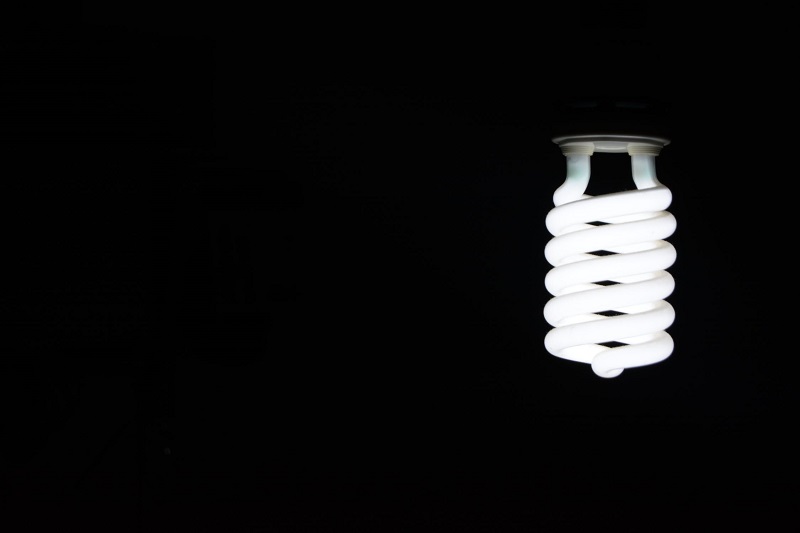How Many Lumens Do I Need for Outdoor Lighting?Posted by Stephen Shickadance in Solar FAQs.
What Is a Lumen? Why Does It Matter?In the past, light was measured in watts, which directly measures the amount of electrical power a light bulb consumes. Therefore, people used to expect light intensity to be a function of how much power a light required—higher watts mean brighter light as well as a higher electric bill. Today however, a lumen is a popular measurement for light. A lumen is a unit that defines the intensity of light. This unit can be directly related to the amount of light energy that is being emitted from a particular light source. You can find the specifications for how many lumens a particular bulb emits from its packaging. In short, the difference between watts and lumens is as follows: wattage measures the amount of electrical power a light bulb consumes; lumens measure the actual brightness, regardless of how much power is needed. When choosing outdoor lighting, lumens are a more valuable measurement than watts. Lumen Requirements for Outdoor LightsWe've developed a table that shows specific lumen level requirements for certain applications. This combines research and user feedback. If you're planning on developing a lighting project, feel free to reference it:
Lumens have substituted watts to become the new light measurement because a bulb with higher wattage doesn’t mean it will produce a brighter light. Nowadays, we are trying to produce more light using less energy, and we have to consider 2 things: the bulb and the energy. LED vs Fluorescent vs Incandescent Energy ConsumptionThe era of incandescent bulbs is gone (read more in the historical evolution of outdoor lighting bulbs), and the lighting technology that has surpassed it is the LED bulb. Although some places still use older bulb technologies for different reasons, the LED has become more and more popular due to its long life and extremely low power consumption. The sheet below shows the power consumption of 3 types of bulbs. There is no doubt that LED bulbs save the most energy.
With the use of LED lights, solar-powered lighting becomes a more viable option, which saves on energy bills in the long run. Solar power is a green, renewable, and sustainable energy source. It will never run out (as long as the sun is around) and can provide lighting indefinitely. Solar energy has a significantly smaller carbon footprint than more traditional methods of energy production. It’s obvious that there are various advantages to solar energy, which is why it continues to be more popular year-after-year. Swanson's Law and Haitz Law both demonstrate a dropping cost and rising efficiency, meaning these two combined technologies will only get cheaper and better over time. In conclusion, people today use lumens to measure the light brightness and how much lighting they need. Under the premise of producing the same measurement of lumens, LED bulbs consume much less power than fluorescent and incandescent bulbs. What's more, LED bulbs combined with solar energy saves you even more on your electricity bills. Whether they do it for saving money or being environmentally-friendly, many cities in America have already switched to solar LED lights for their outdoor street lights, park lights, and so on. Please contact Greenshine New Energy for more information about solar led lighting.
Solar FAQs
|
ArchivesNo Archives Categories
Want More Info? |
LATEST NEWS & ARTICLES
